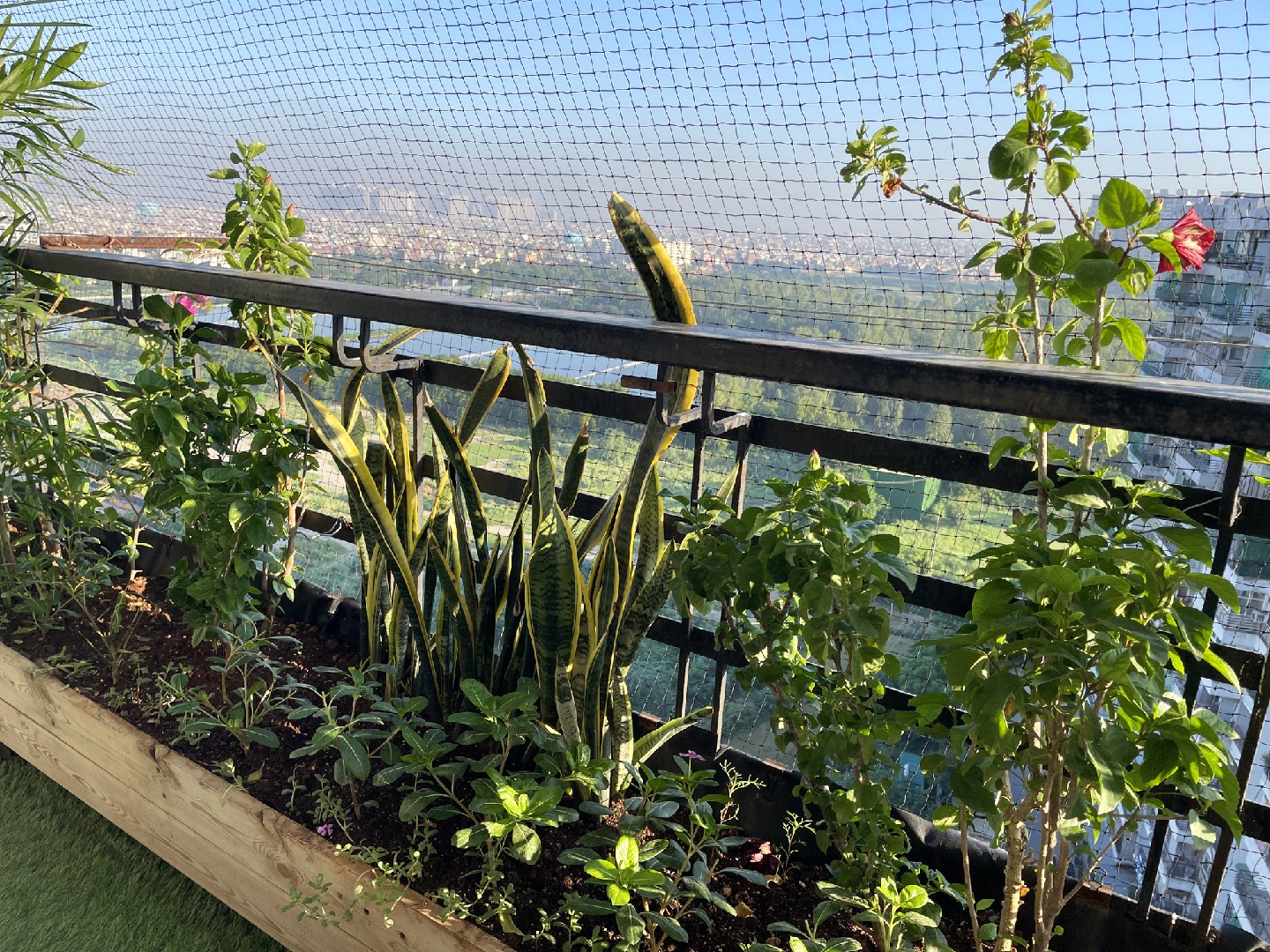![Rectangle]()
Dream Garden on Your Balcony: Plant Selection and Care
Creating a lush and vibrant vertical garden on your balcony can be a truly inspiring endeavor. The key to a successful balcony garden lies in choosing the right plants based on your climate, sun exposure, and maintenance capability. Here are some valuable insights and tips to help you select and care for your plants.
First and foremost, consider the climate of your region. Different plants thrive in different climates, so it's essential to choose plants that are well-suited to your local weather conditions. If you live in a hot and sunny area, consider heat-tolerant plants like succulents or cacti. On the other hand, if you reside in a cool and shady region, opt for plants that prefer shade, such as ferns or begonias.
Sun exposure is another crucial factor to consider when selecting plants for your vertical garden. Take note of how many hours of sunlight your balcony receives each day. Full-sun plants need at least six to eight hours of direct sunlight, while shade-loving plants require minimal direct sunlight. It's important to match the sun requirements of your plants with the actual conditions on your balcony.
Maintenance capability is also a significant consideration. Some plants require more care and attention than others. If you have a busy schedule or are a novice gardener, choose low-maintenance plants that are more forgiving. Succulents, for example, are known for their ability to withstand drought and neglect. They require minimal watering and can thrive in a variety of conditions.
Now that you've selected the appropriate plants for your vertical garden, it's essential to know how to care for them properly. Watering is perhaps the most critical aspect of plant care. Different plants have different watering needs, so it's crucial to understand the specific requirements of each plant. Generally, vertical gardens require more frequent watering than traditional gardens due to their limited soil volume. Regularly monitor the moisture levels of your plants by feeling the soil. If it feels dry to the touch, it's time to water.
Fertilizing is another vital aspect of plant care. Vertical gardens often have nutrient-poor soil, so it's important to provide additional nutrients to support healthy growth. Use a balanced fertilizer and follow the instructions on the packaging for application rates and frequency.
In addition to watering and fertilizing, pruning is also necessary for maintaining a lush and well-manicured vertical garden. Regularly remove dead or diseased leaves, stems, and flowers to promote healthy growth and prevent the spread of pests and diseases.
Speaking of pests and diseases, it's essential to be vigilant and proactive in identifying and managing them. Monitor your plants regularly for any signs of pests or diseases, such as yellowing leaves, spots, or wilting. If you notice any issues, take immediate action to prevent further damage. There are various organic and chemical methods available for pest and disease control, so choose the approach that aligns with your gardening preferences.
With these insights, tips, and techniques, you can confidently transform your balcony into a dream garden. Selecting the right plants based on your climate, sun exposure, and maintenance capability, and providing proper care and attention will ensure a stunning and thriving vertical garden. Get started today and experience the joy of having your very own oasis in the heart of the urban jungle.





